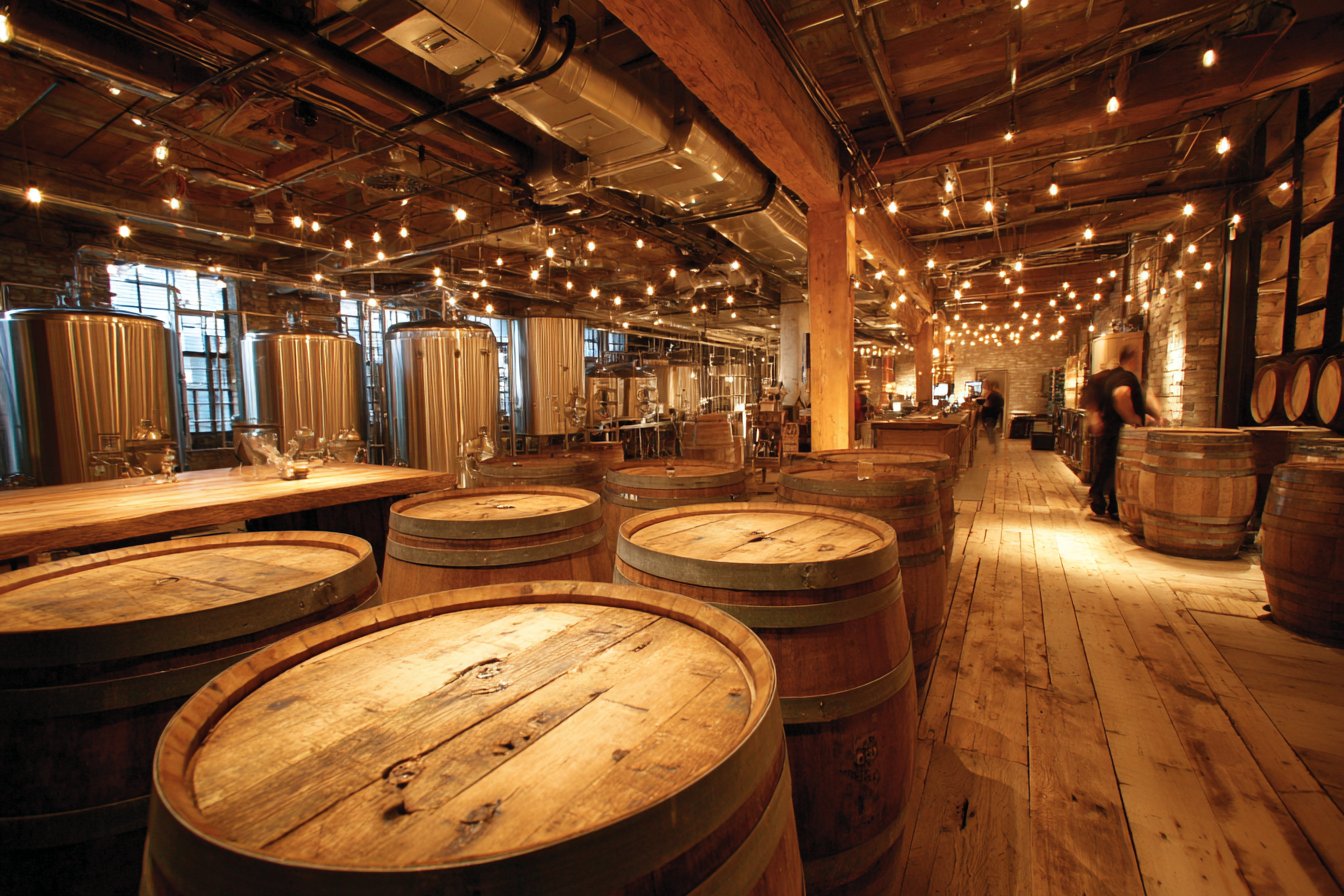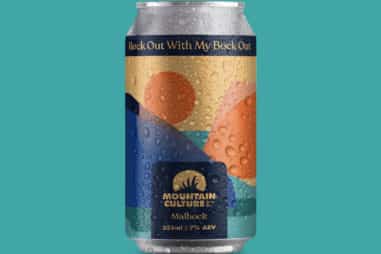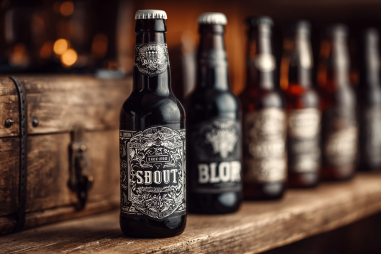Brett beer represents a captivating journey into the world of wild and funky ales, a favorite among adventurous beer enthusiasts. Unlike traditional beers brewed with Saccharomyces yeast, Brett beer relies on the unique properties of Brettanomyces yeast, which imparts distinctive flavors and aromas ranging from earthy and tangy to fruity and barnyard-like. Whether you’re a seasoned brewer or a curious homebrewer looking to venture beyond classic styles, understanding the Brett beer brewing process is key to mastering this intriguing craft.
What Makes Brett Beer So Unique?
Brett beer stands apart primarily because of the yeast strain used in fermentation. Brettanomyces, often shortened to “Brett,” is a wild yeast species known for producing complex, layered flavors that evolve over time. Unlike the clean profile of Saccharomyces cerevisiae, Brettanomyces creates funky, tart, and sometimes slightly sour notes. This yeast can metabolize compounds that traditional brewing yeasts cannot, resulting in a beer style that feels alive and continuously developing, especially during extended aging.
One of the hallmarks of Brett beer is its potential for long maturation, often in barrels, where it can pick up subtle nuances from wood and oxygen exposure while the Brett yeast continues to transform the beer. This attachment to complexity and time makes Brett beer rewarding but requires patience and a careful brewing approach.
Introducing Brettanomyces: The Wild Yeast Star
Brettanomyces yeast exists in several strains, each offering slightly different profiles. It’s this yeast’s ability to attenuate residual sugars and generate organic acids, esters, and phenols that is responsible for Brett’s signature tartness and funk. Unlike some wild yeasts that are considered contaminants, Brettanomyces is now intentionally used by craft brewers to create sought-after styles such as American Wild Ales, Belgian Lambics, and Rustic Sours.
Its slow and unpredictable fermentation behavior means brewers must adopt a hands-off, observant style of brewing. Brettanomyces requires more time to ferment fully than Saccharomyces and often develops flavor over months or even years. Managing this yeast involves balancing oxygen, temperature, and sanitation to prevent undesirable off-flavors or contamination of other beers.
Choosing the Right Ingredients for Brett Beer Brewing
Brett beer brewing often starts with a malt bill that supports complexity but leaves room for Brett yeast to shine. Many brewers opt for a medium to light malt base, such as Pilsner malt or pale malt, sometimes with small additions of specialty malts like Vienna or Munich for depth. Because Brett yeast ferments more completely and can metabolize sugars that are typically unfermentable, creating a beer with moderate sweetness to balance acidity is important.
Hops in Brett beers are typically used sparingly; too much bitterness can mask the subtle yeast nuances. Aromatic and mild noble hops are preferred, especially those that impart floral or herbal notes without overwhelming the beer. Water profiles are usually on the softer side to complement the yeast-driven character without adding harshness. Finally, pure and healthy yeast cultures, often sourced from reputable suppliers, are critical for a successful Brett fermentation.
Step 1: Wort Preparation and Mash Schedule
Preparation of the wort is the foundation for a successful Brett beer. Start with a clean mash and carefully controlled schedule to produce fermentable sugars that Brettanomyces can metabolize over time. An all-grain mash using a temperature range between 146°F to 156°F (63°C to 69°C) is typical, with the lower end of the scale favoring highly fermentable wort. For Brett beers, many brewers prefer a single infusion mash or a step mash that ends with a protein rest to improve mouthfeel and head retention.
Unlike high-dextrin mashes common in sweeter beer styles, Brett beer wort preparation prioritizes the fermentability and balance to complement the yeast’s metabolic profile. After mashing, sparge carefully to maintain wort clarity, then boil with the chosen hops. The boil time usually ranges from 60 to 90 minutes depending on hop utilization goals. Cooling quickly and transferring to a sanitized fermenter helps set the stage for Brett fermentation.
Step 2: Primary Fermentation with Brett Yeast
Fermenting with Brettanomyces yeast differs significantly from brewing with standard ale or lager yeast. Brett typically ferments at slightly warmer temperatures, often between 65°F and 75°F (18°C to 24°C), but many brewers prefer to start with a lower temperature ramp and gradually increase it to encourage complex ester production without offending off-flavors.
Because Brett yeast ferments more slowly, patience is crucial. Initial fermentation can take several weeks to fully attenuate. Monitoring gravity readings over time is necessary to ensure the yeast is metabolizing sugars as expected. Some brewers choose to pitch a small amount of Saccharomyces yeast initially to conduct a primary fermentation quickly, followed by a Brett-only secondary stage. This approach can speed the process while still allowing Brett to transform flavors during maturation.
Step 3: Brett Beer Aging and Barrel Conditioning
Aging is where Brett beer truly comes alive. Many brewers transfer their beer into oak barrels or large wooden foeders for extended conditioning periods. During this time, Brettanomyces continues to ferment complex sugars, producing new flavors and lowering the beer’s pH gradually, which enhances perceived tartness and adds depth.
Barrel aging also introduces micro-oxygenation, which helps develop rounding tannins, and infuses subtle wood notes like vanilla, coconut, or spice if the barrel is new or previously held wine or spirits. The time spent aging can range from several months to multiple years, depending on desired flavor intensity and complexity. Regular sampling is key to avoid over-aging where brett character could become overpowering.
Common Challenges in Brewing Brett Beer
Brewing with Brettanomyces yeast presents unique challenges. Some of the most common include:
- Extended fermentation times: Brett fermentation is slow and requires patience, which can be difficult for brewers eager to package.
- Cross-contamination risk: Brett yeast can infect other beers unintentionally due to its hardy nature, so equipment and environment sanitation are crucial.
- Flavor unpredictability: Brett yeast produces a wide flavor spectrum, which can lead to unexpected or overpowering funk if not carefully managed.
- Oxygen management: While small oxygen exposure during aging helps, too much oxygen can spoil the beer.
Understanding these obstacles and approaching the brew with a mindset of experimentation and care ensures better results over time.
Tips for Homebrewers Starting with Brett Beer
If you’re a homebrewer interested in delving into the world of Brett beers, here are some practical tips to get you started:
- Start small: Brew smaller batches to explore Brett yeast behaviors and flavor development before scaling up.
- Use fresh, pure yeast: Purchase Brettanomyces strains from trusted yeast labs to avoid mixed or contaminated cultures.
- Consider mixed fermentations: Combining Saccharomyces and Brett yeast can provide a quicker fermentation with complex Brett character added later.
- Invest in oxygen management: Use proper sealing techniques during aging to control oxygen exposure.
- Be patient: Brett beer develops with time, so allow at least 3 to 6 months for maturation and sample periodically.
- Keep detailed notes: Document your process, temperatures, aging times, and flavor notes to guide future batches.
The Art and Patience Behind Brewing Brett Beer
Brewing Brett beer is an art form combining science, patience, and creativity. It challenges brewers to rethink fermentation timelines and embrace the unpredictable nature of wild yeast. The resulting beers reward those who master the process with complex, evolving flavors that tell a story of time and microbiology. Whether aged in barrels or glass carboys, Brett beers continue to captivate drinkers seeking something truly unique.
By understanding the proper wort preparation, fermentation techniques, and aging conditions, you can dive into the fascinating world of Brett and craft beers that push the boundaries of traditional brewing. Cheers to the wild side of beer!







